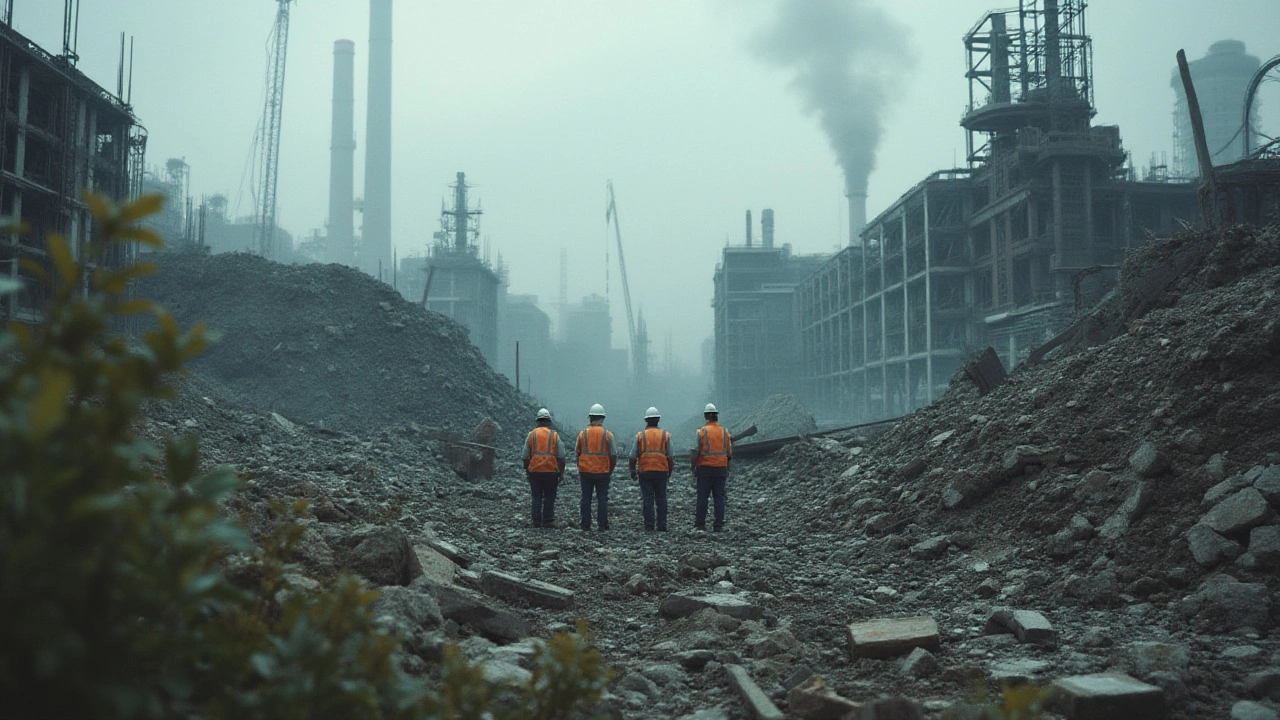Harmful Building Products – What to Watch Out For
Ever walked into a newly built house and wondered if the walls could be hurting you? You're not alone. Many common construction materials release chemicals that can affect breathing, skin, and even long‑term health. The good news? You can spot the biggest offenders and take simple steps to protect yourself and your family.
Common Toxic Materials
First, let’s name a few culprits you’ll see on most building sites. Asbestos was once popular for fire resistance, but its fibers cause lung disease when inhaled. Formaldehyde hides in pressed‑wood products like particleboard, MDF, and some insulation; it off‑gasses a strong scent that can irritate eyes and throat. Lead still appears in old paint and some pipe solder, and it’s especially risky for children. VOC‑rich paints and sealants (volatile organic compounds) release fumes that can trigger headaches and dizziness. Finally, polyurethane foam used for insulation can emit toxic gases if it isn’t installed correctly.
These materials aren’t always obvious. Asbestos may be in old floor tiles, roofing felt, or even in some cement blocks. Formaldehyde can be present in new kitchen cabinets that look perfectly fine. The trick is to ask the builder or seller for product data sheets and to check for certifications like “Low‑VOC” or “Formaldehyde‑free.”
Keeping Your Home Safe
Now that you know what to look for, here’s how to stay ahead. Start with a thorough inspection before you buy or rent. If the property is older than 20 years, request an asbestos survey – it’s a cheap way to avoid hidden danger. For newer builds, ask the contractor for a list of all finished‑goods and their safety ratings.
Ventilation matters. Even low‑VOC paints release some chemicals, so keep windows open for a few days after any fresh work. Using an air purifier with a HEPA filter can cut down on airborne particles, especially if you suspect asbestos or lead dust.
When you spot a problem, don’t try DIY removal on high‑risk items like asbestos. Call a licensed remediation specialist – they have the right equipment and training. For less dangerous issues, such as peeling low‑VOC paint, a simple sanding with a mask and proper disposal can do the trick.
Finally, think ahead when planning renovations. Choose materials labeled “green,” “non‑toxic,” or “eco‑friendly.” Look for certifications like GREENGUARD Gold or FSC for wood products. These labels usually mean lower emissions and safer indoor air.
Keeping an eye on the products that go into your walls, floors, and ceilings can make a big difference in how you feel at home. A little research now saves headaches – literally – later. If you’re unsure about any material, ask a professional or drop a comment below. Your health is worth the extra effort.
